#song dynasty
Text
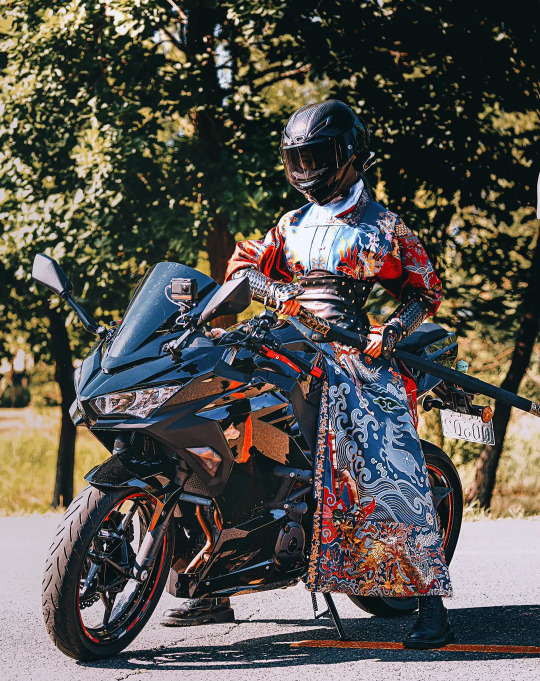
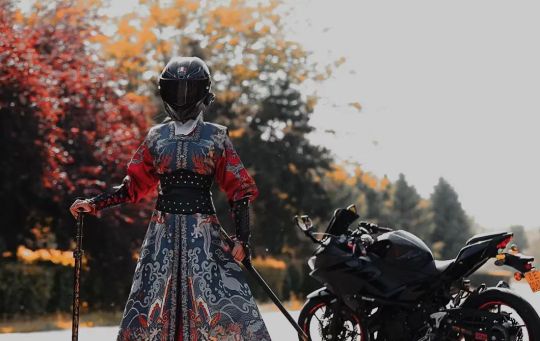

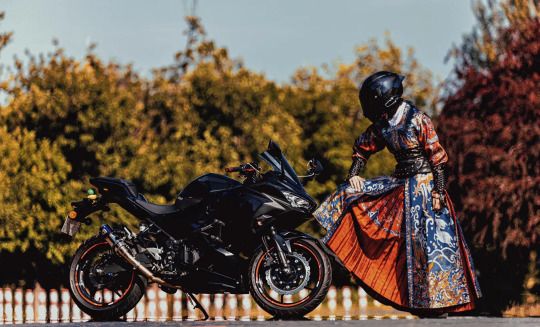
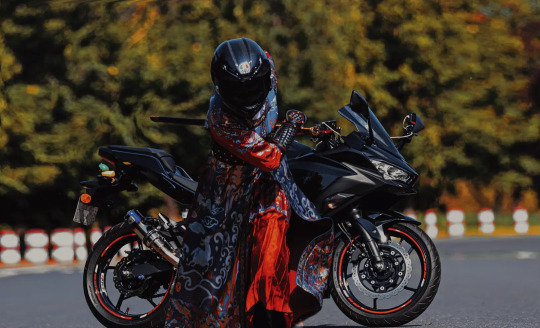

Hanfu and Motorcycle
#hanfu#chinese costume#hanfu model#motorcycle#photography#aesthetic#art#china#asian costumes#chinese clothes#photoshoot#beautiful#fashion#chinese fashion#daxiushan#tang#tang dynasty#song dynasty
34K notes
·
View notes
Text
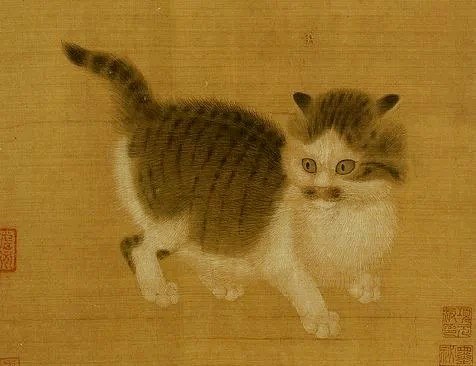
Kitten, fourth leaf in the album Li-tai Hua-fu-Chi (Album of Paintings from Various Dynasties), Song dynasty (960-1279), Collection of the National Palace Museum, Taipei, Taiwan
2K notes
·
View notes
Text
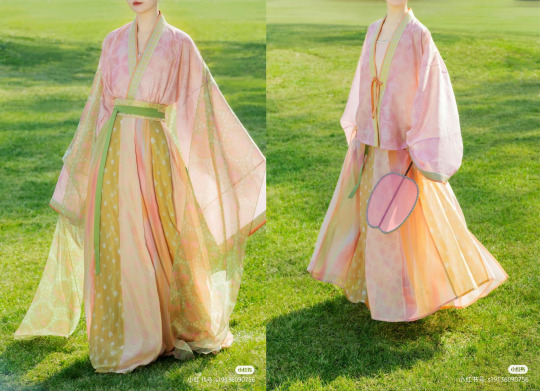



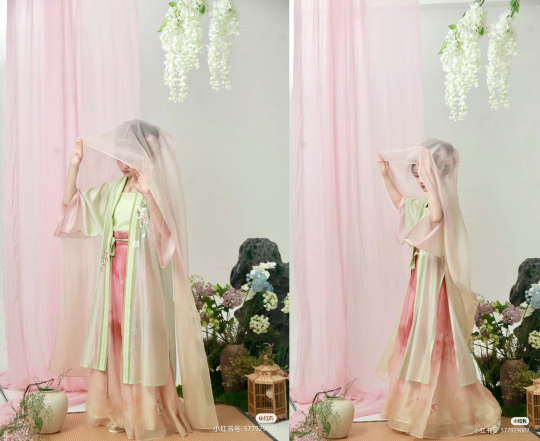
chinese hanfu for spring
341 notes
·
View notes
Text







Women in History Month (insp) | Week 1: Leading Women
#historyedit#perioddramaedit#women in history#women in history month challenge#lady of birka#marie madeleine d'aiguillon#empress gongsheng#elizaveta petrovna#jayadevi#zenobia of palmyra#margrete of denmark#viking age#scandinavian history#french history#cambodian history#song dynasty#chinese history#russian empire#3rd century#7th century#8th century#10th century#14th century#15th century#16th century#17th century#18th century#my edits#mine
161 notes
·
View notes
Text
Chinese period clothing from different dynasties.
English added by me :)
#douyin#video#tiktok#wei and jin dynasty#tang dynasty#song dynasty#ming dynasty#qing dynasty#hanfu#i feel like i don't see wei or jin that often so that's interesting#qizhuang#拍片夫妇
4K notes
·
View notes
Text
[Traditional Chinese Festival] Customs of 臘八節(Laba Festival) in China.Eng Sub
Today(January 18, 2024) is the traditional Chinese festival,臘八節 Laba Festival.Let’s learn about some interesting traditions and customs about this festival.
【About 臘八節(Laba Festival)】
Laba Festival (Chinese:臘八節) is a traditional Chinese holiday celebrated on the eighth day of the month of La (or Layue 臘月), the twelfth month of the Chinese calendar. It is the beginning of the Chinese New Year period. It is customary on this day to eat Laba congee.
Laba Festival was not on a fixed day until the Southern and Northern dynasties, when it was influenced by Buddhism and was fixed on the eighth day of twelfth month, which was also the enlightenment day of the Buddha. Therefore, many customs of the Laba Festival are related to Buddhism.
The Laba Festival's name represents its date on the Chinese calendar. La is the name of the twelfth and final month, and ba means "eight/八". In ancient China, the "eight/八" referred to making sacrifices to eight gods at the end of the year.
In its original form, the festival was celebrated by making sacrifices to gods and ancestors to wish for good fortune, health, safety, and a good harvest in the new year. The word la originally referred to these sacrifices.
After Buddhism spread to China during the first century CE, the festival was used as commemoration of Gautama Buddha's enlightenment.It was given a fixed date (the eighth day of the twelfth month) during the Northern and Southern dynasties.
【Customs of 臘八節/Laba Festival?】
Laba congee/臘八粥

Traditionally, the consumption of Laba congee is an important element of the festival. There are multiple legendary accounts of the dish's origins. One story says that it originated in the Song dynasty with Buddhist monasteries giving congee to people in honor of the story that Sakyamuni (Gautama Buddha) reached enlightenment on the eighth day of the twelfth month after eating congee.
Laba congee or Laba porridge (臘八粥; Làbāzhōu) is very popular in many places in China. Different kinds of rice, beans, nuts and dried fruits are the main ingredients. People believe that it's good for health in the winter.
It is also known as "eight-treasure congee" (八宝粥; Bā bǎo zhōu)and is usually made with eight or more ingredients, representing good luck. Eight is a lucky number in China, and the ba in Laba also means eight.
There are many variations of Laba congee in different regions of China. Ingredients can include mixed grains, such as rice, millet, and barley; beans and nuts such as mung beans, azuki beans, lotus seeds, peanuts, walnuts, and chestnuts; dried fruit such as red dates, longan, raisins, and goji berries; and other ingredients such as vegetables and meat.
2.Laba garlic/臘八蒜
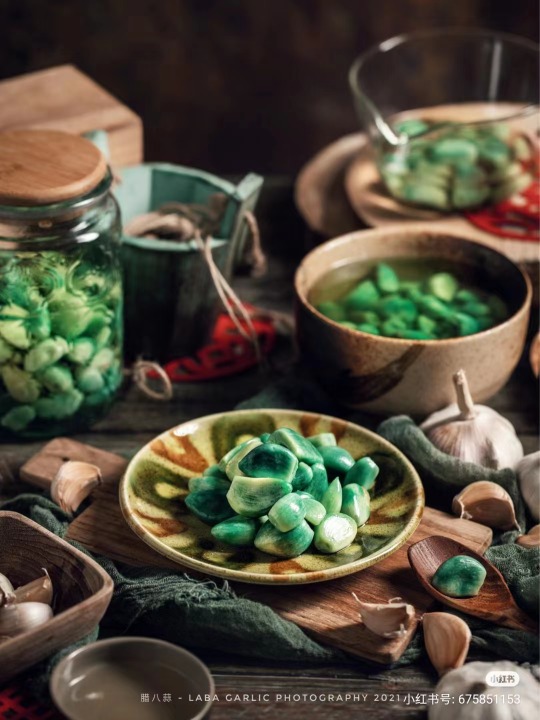
Another Laba food is Laba garlic, which is particularly popular in northern China.Garlic in Chinese (蒜; suàn) has the same pronunciation as calculate (算; suàn), and it is said that on the Laba Festival businesses should balance their books and calculate their revenues and expenditures for the year.Laba garlic is made by soaking garlic in vinegar. Laba garlic is soaked in vinegar from the Laba Festival until Chinese New Year. The garlic and vinegar are then used alongside Chinese dumplings (jiaozi) around Chinese New Year.
————————
🧚🏻Model/Makeup:@曾嚼子&@兔狲猫眠眠
📸 Photo:@逸群闲余
🔗 Xiaohongshu:http://xhslink.com/zlF8Hz
————————
#chinese hanfu#hanfu#Traditional Chinese Festival#臘八節 Laba Festival#chinese culture#chinese customs#chinese history#hanfu accessories#chinese food#china#chinese new year#song dynasty
197 notes
·
View notes
Text


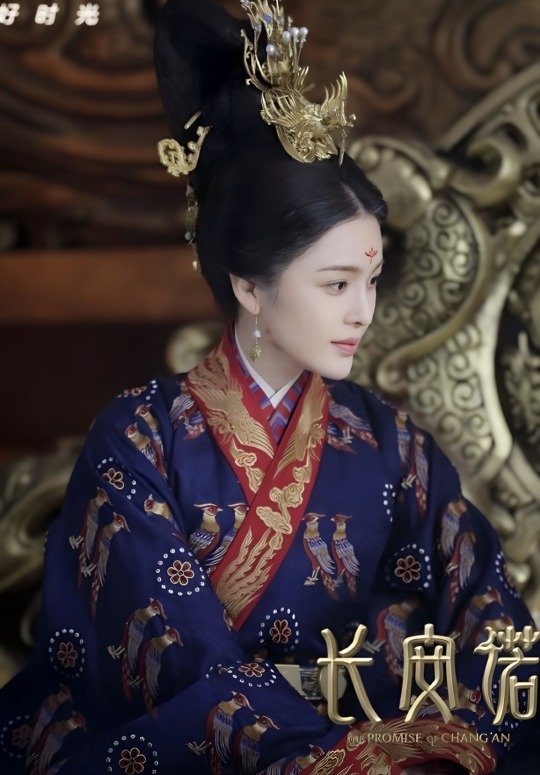



🦜 Diyi | 翟衣 🦜
Is a type of historical Chinese attire worn by empresses. During the Song (960–1279) and Ming (1368–1644) dynasties, it was considered the highest form of ceremonial clothing worn by the empress. It’s worn with Fengguan (phoenix crown). It was first recorded as “Huiyi” in the Zhou dynasty (1046–256 BC).
1st drama: Palace of Devotion 大宋宫词
2nd+3rd: The Promise of Chang’an 长安诺
4th+6th: Rebirth For You 嘉南传
5th: Serenade of Peaceful Joy 清平乐
#china#chinese culture#chinese history#cdrama#chinese drama#hanfu#hanfu restoration#east asia#fengguan#phoenix crown#song dynasty#ming dynasty#dynastic China#ancient China#Medieval China#art
156 notes
·
View notes
Text


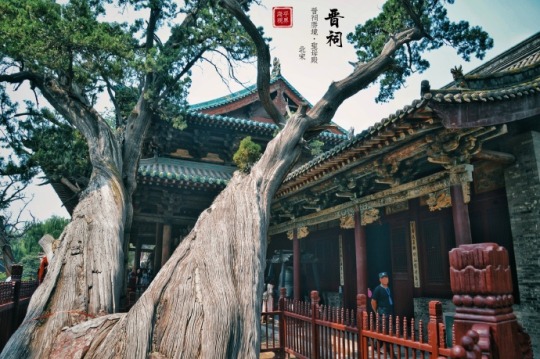
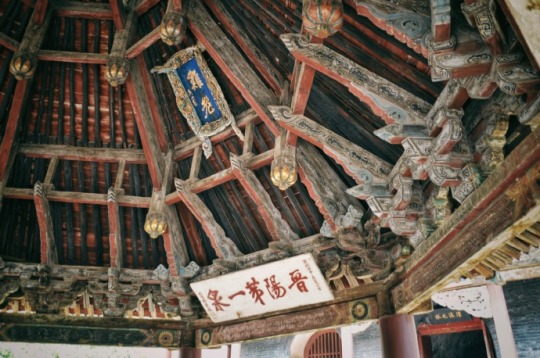
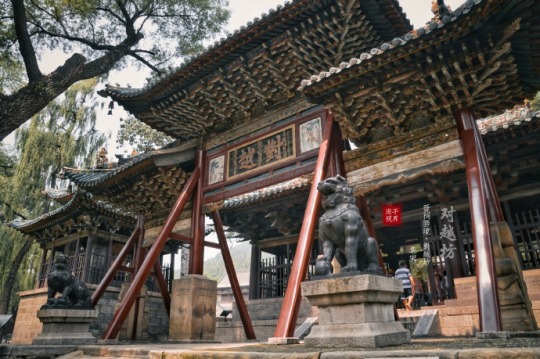




The Hall of the Holy Mother: One of the Oldest Places of Worship
The Hall of the Holy Mother (聖母殿) in Jinci Temple (晉祠), Shanxi. Built during the reign of Emperor Renzong (仁宗) of the Northern Song dynasty (1023-1032).
The hall is part of the ever evolving temple complex founded about one and a half thousand years ago. Over the centuries of countless transformations, it has accumulated buildings of various periods and styles.
The temple is dedicated to Shuimu (水母), The Old Mother of Waters, witch-goddess of Chinese lore, appearing in the form of a dragon, a snake or a charming lady with a sword and a yoke.
Photo: ©鱼雁江南, 雪夜魚舟
#ancient china#chinese culture#chinese mythology#taoism#chinese architecture#song dynasty#wooden architecture#wooden buildings#chinese customs#taoist#chinese folk religion#chinese temple#religious art#temple architecture#taoist deities#goddess#goddess worship#mother goddess#great mother#chinese folklore#dragon art#dragon
250 notes
·
View notes
Text
A bilingual (Chinese/English) educational interactive website regarding various sides of Song dynasty, demonstrated via arts from Song dynasty.
115 notes
·
View notes
Text



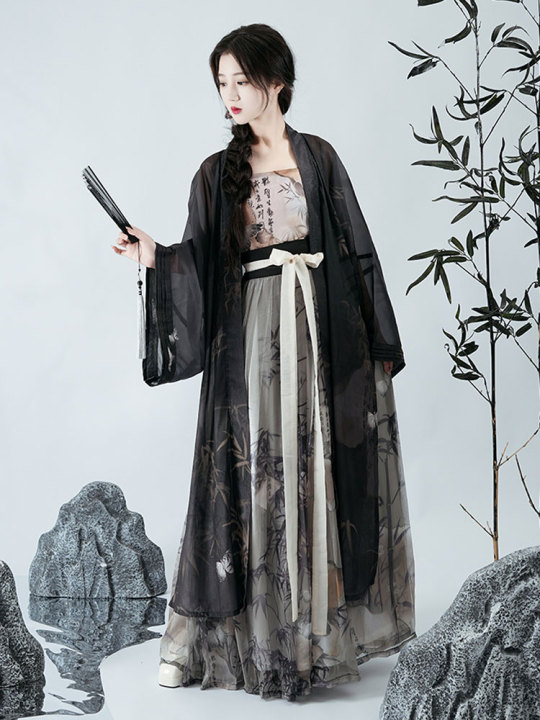

Newhanfu - Black Song Hanfu
222 notes
·
View notes
Photo



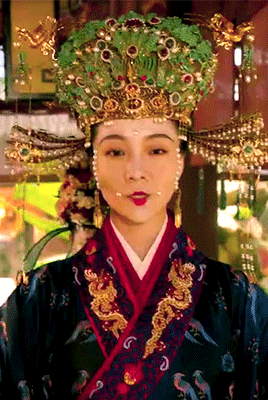

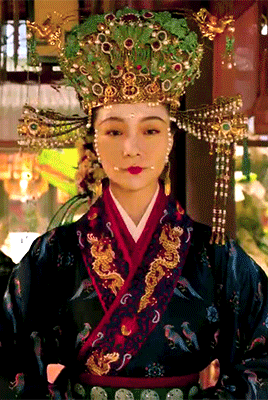

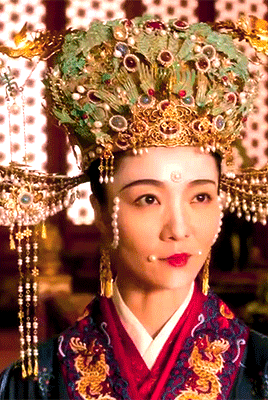

Palace of Devotion + costumes
#palace of devotion#大宋宫词#cdrama#cdramaedit#cdramanet#gifshistorical#perioddramaedit#gzh#song dynasty#wardrobe#pod costumes#costumesource#cdramagifs#asiandramanet#perioddramasource#onlyperioddramas#chinese drama
53 notes
·
View notes
Text
I have some new co-translations of Li Qingzhao's poetry out in Glyphoria, a publication created by Metatron.
Living in the Song dynasty, Li Qingzhao was China's most celebrated female poet. The poem I translated is my favourite poem of hers and touches on female friendship and sisterhood.

72 notes
·
View notes
Text

Song Dynasty Cat Painting
CATS
341 notes
·
View notes
Photo
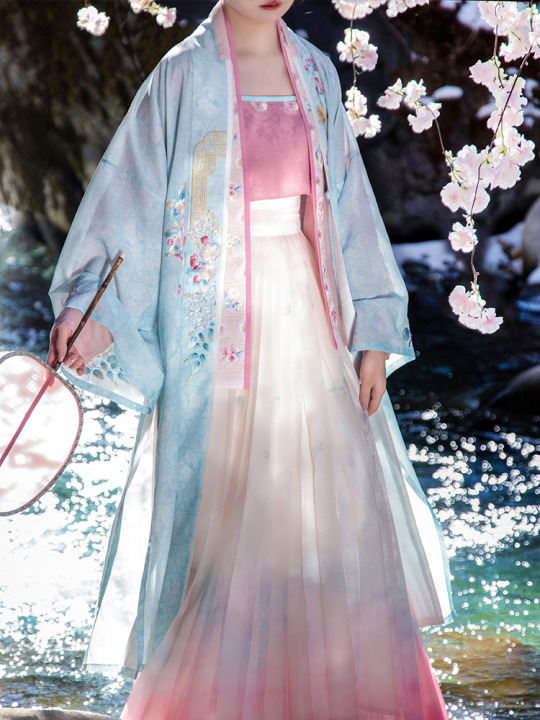
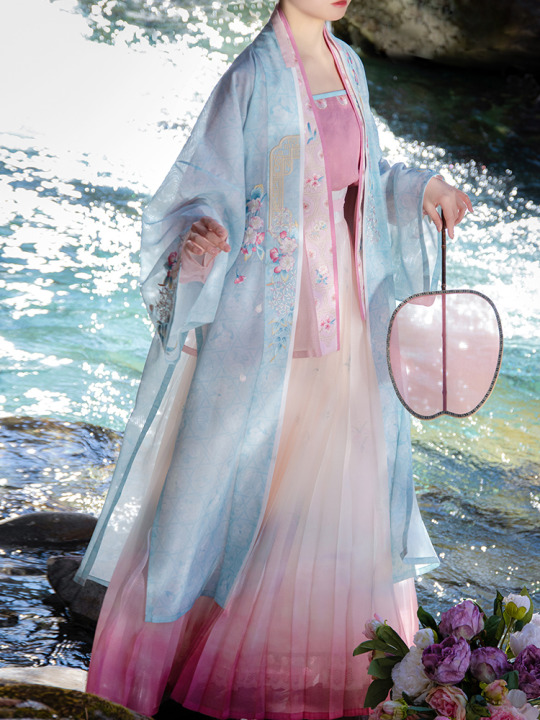

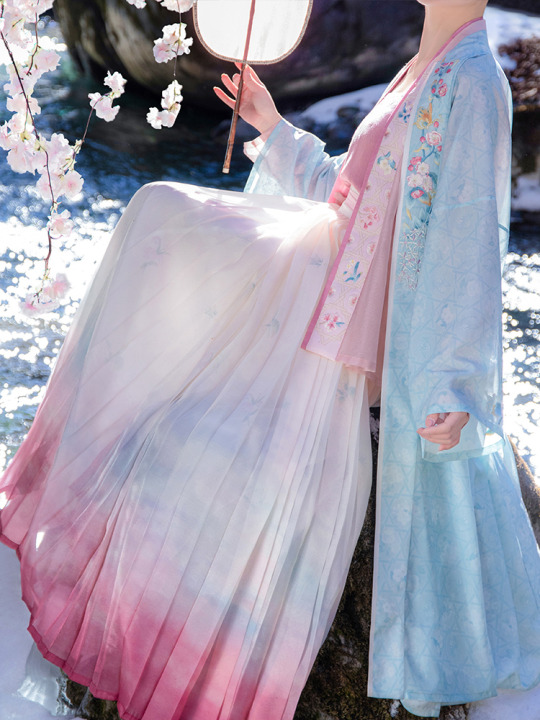
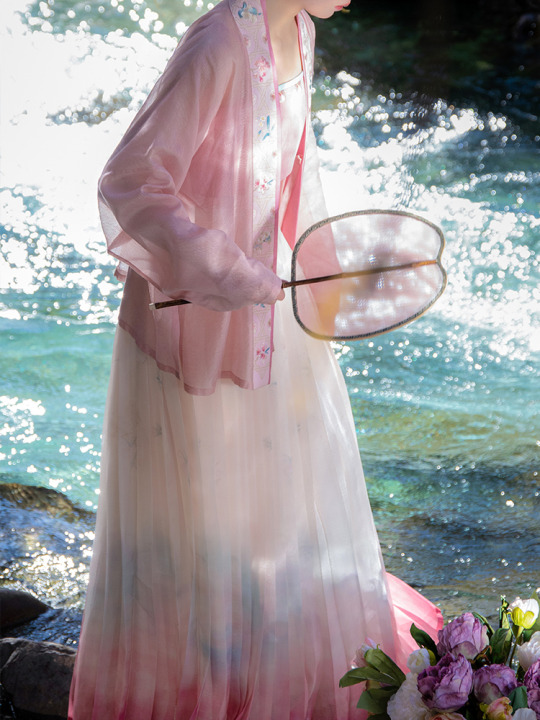
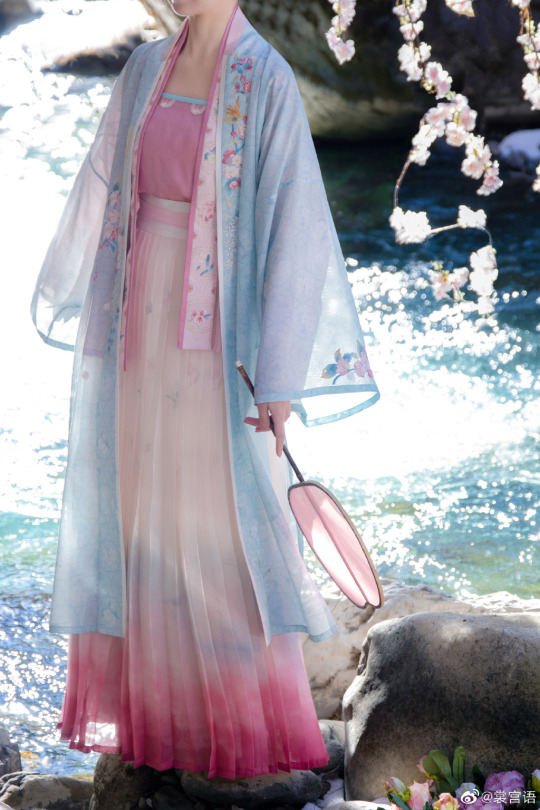
chinese hanfu by 裳宫语
640 notes
·
View notes
Photo

Happy Lunar New Year to all celebrating!
Wishing You and Your Beloved Ones A Happy New Year!
Peace, Safety and Good Luck Continually for 2023!
'Three Rabbits' (1644–1911). Silk painting, formerly attributed to Gong Ji (Chinese, Northern Song dynasty). Courtesy The Met
#happynewyear#happy202#happy lunar new year#happy chinese new year#peace#love#joy#health#happy 2023 new year#china#rabbit new year#year of the rabbit#happy lunar year#themet#silk#painting#gong ji#song dynasty#style#history
475 notes
·
View notes